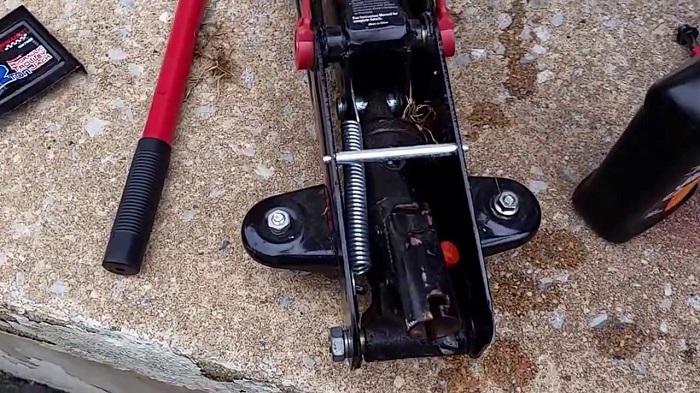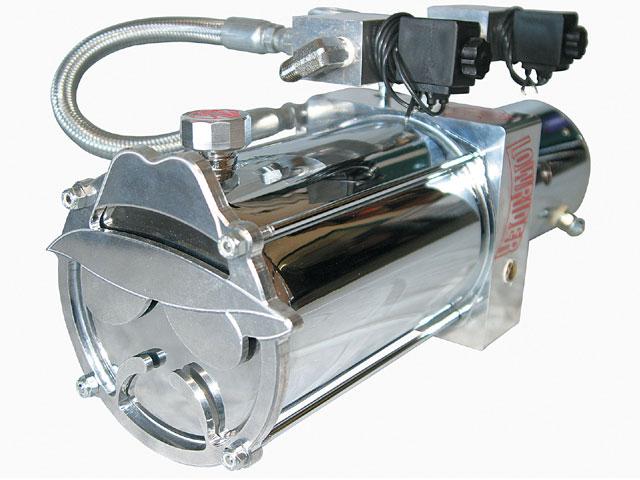We all try to take the best care of our vehicles but a simple maintenance oversight sometimes can lead to serious problems. There are some common hydraulic mistakes that we do without even noticing. The truth is these can be avoided just by applying some common senses. So, let’s find out the mistakes we do and the best time to change that component in your car.
Contents
5 Common Hydraulic Mistakes
Most of these things involve regular maintenance and checkups. Taking care of them will extend the hydraulic lifespan much longer. Learn these mistakes and don’t repeat them ever:
Not changing the oil.
Changing hydraulic fluid is necessary on two occasions – degeneration of the base oil and consumption of the additives. You should find out how many hours the oil has been used and analyze the current condition before dumping it. Discarding good oil unnecessarily will only cost you money because the fluid is expensive.

Using low-quality oil.
The fluid is the lifeblood of the hydraulic system. It keeps all the components lubricated, ensuring that everything is functioning and operating safely. The viscosity should be compatible with the temperature of the system. If it’s high, the oil won’t flow properly and it it’s low, there won’t be adequate lubrication.
Not changing the filter.
You should change the hydraulic oil filter when it reaches the full of its dirt-holding capacity. Removing it late will allow dirty oil to flow and cut the service life of all the components in the hydraulic system. However, throwing it away before the due time will be a waste of money.
SEE MORE:
- Low Clutch Fluid: Watch out for the Common Symptoms
- Unsafe Brake System: Don’t Ignore These 5 Signs!
Ignoring overheating.
It’s the fastest way to destroy the seals, hoses, and other components of the system. Extreme heating is harmful to the fluid too. The 82°C is the limit that you don’t want to cross. However, the system can run too hot sometimes below this temperature level.
What Is the Right Time to Change the Hydraulic?
Changing the hydraulic mostly means changing the filter and oil. Let’s see what the ideal time is to remove the used filter and oil:

Replacing the filter
You need to remove it when its dirt-holding capacity is used up. The replacement should be done before the opening of the bypass valve. You have to use a mechanism for monitoring the filter’s performance and its condition. One such device is clogging indicator. It will alert when the filter crosses the danger point.
Replacing the oil.
Running with the dirty fluid is one of the most common hydraulic mistakes. However, you don’t need to change it as long as it is clean. Many people have the misconception of making an oil change after driving a specific distance. It’s nothing but a waste of money. You should change it after the first 50 hours of service because the fluid will collect many metal filings and particles during the first use. After that, you can use the oil until it is clean.



